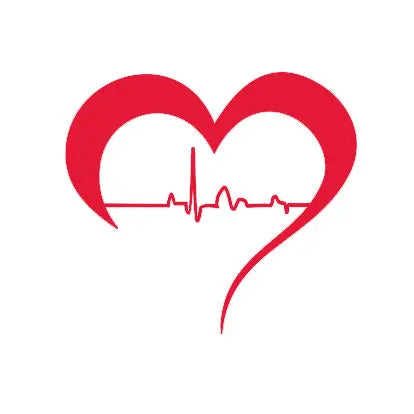What is an AED?
Automated External Defibrillators (AEDs) are life-saving devices that can significantly improve the chances of survival for someone experiencing sudden cardiac arrest. AEDs are designed to be easy to use by anyone, even without medical training, and provide critical electric shocks to the heart to restore its normal rhythm. However, to ensure that your AED is always ready to perform when needed, it's essential to regularly check and replace the pads and batteries according to the manufacturer's guidelines.
The Importance of Pads
Pads are adhesive electrodes that are applied to a person's chest in cardiac arrest to deliver electric shocks from the AED. The pads are responsible for transmitting the electric current through the chest wall to the heart, and they need to be in good condition and properly attached for the AED to work effectively. Over time, the adhesive properties of the pads may degrade, or the pads may become damaged, affecting their ability to deliver a reliable shock. That's why it's crucial to check the expiry date of the pads and replace them before they expire.
The Importance of Batteries
Similarly, AED batteries provide the power necessary to deliver electric shocks and run the AED's other functions, such as voice prompts and visual displays. AED batteries have a finite lifespan and will eventually lose their capacity to hold a charge. If the AED battery is not replaced promptly, the AED may not have enough power to deliver a shock when needed, rendering it ineffective during a life-threatening emergency.
Here are some key reasons why it's important to check the dates of your AED pads and battery regularly:
-
Reliability: AEDs are relied upon in critical situations where every second counts. Outdated or expired pads and batteries can reduce the reliability of the AED, potentially leading to a failure to deliver a life-saving shock to the heart. Regularly checking and replacing the pads and battery according to the manufacturer's recommendations ensures that your AED is ready to perform optimally when it matters the most.
-
Compliance: Many regulatory authorities and organizations, such as the American Heart Association (AHA) and Occupational Safety and Health Administration (OSHA), require AEDs to be maintained and regularly inspected, including checking and replacing pads and batteries. Compliance with these guidelines not only ensures that you meet the regulatory requirements but also demonstrates your commitment to safety and preparedness in the event of a cardiac emergency.
-
Readiness: Sudden cardiac arrest can happen at any time, and having an AED that is not ready for use due to expired pads or batteries can result in delays and potentially devastating consequences. By regularly checking the dates of your AED pads and battery, you can ensure that your AED is always ready for use, increasing the chances of saving a life in an emergency.
-
Cost-effectiveness: Timely replacement of pads and batteries can help you avoid additional costs associated with the emergency replacement or repair of an AED that has malfunctioned due to expired components. Planning and budgeting for regular AED maintenance, including pads and battery replacement, can be more cost-effective compared to emergency replacements or repairs in the long run.
-
Peace of mind: Knowing that your AED is well-maintained and in good working condition can provide you and your organization peace of mind. It gives you confidence that you are prepared to respond effectively to a sudden cardiac arrest emergency and can potentially save a life.
Regularly checking and replacing the pads and battery of your AED is crucial for ensuring its reliability, compliance with regulations, readiness for emergencies, cost-effectiveness, and peace of mind. Make sure to follow the manufacturer's guidelines for pad and battery replacement,




